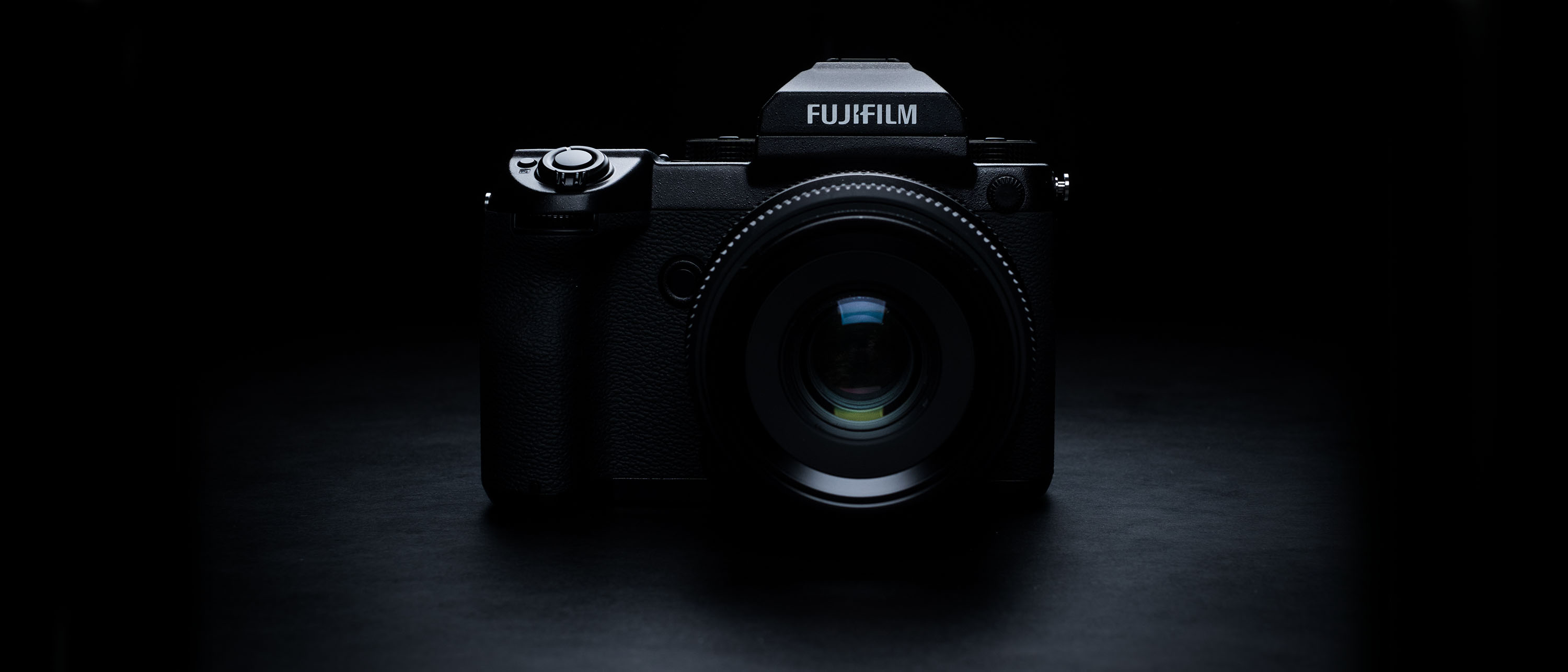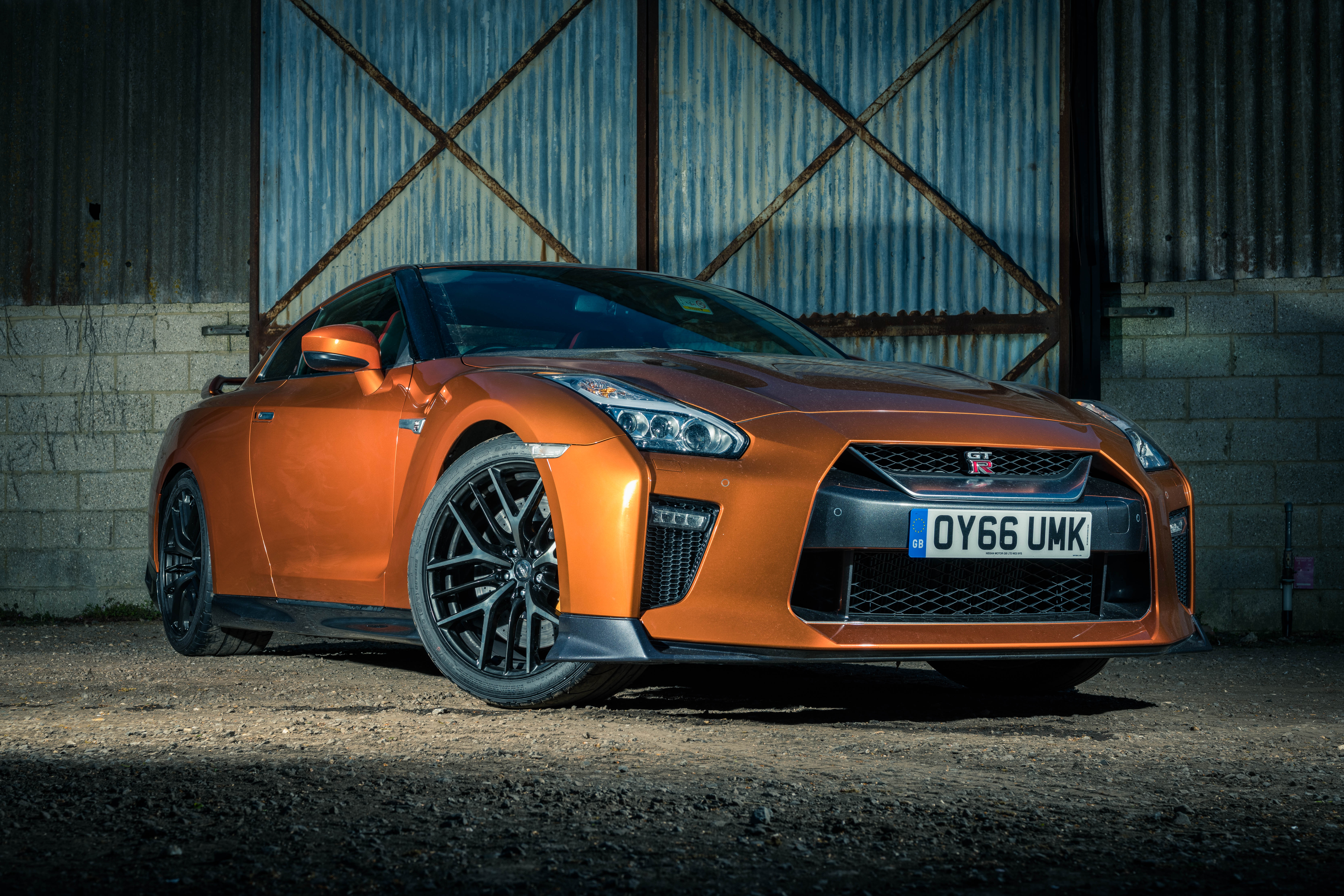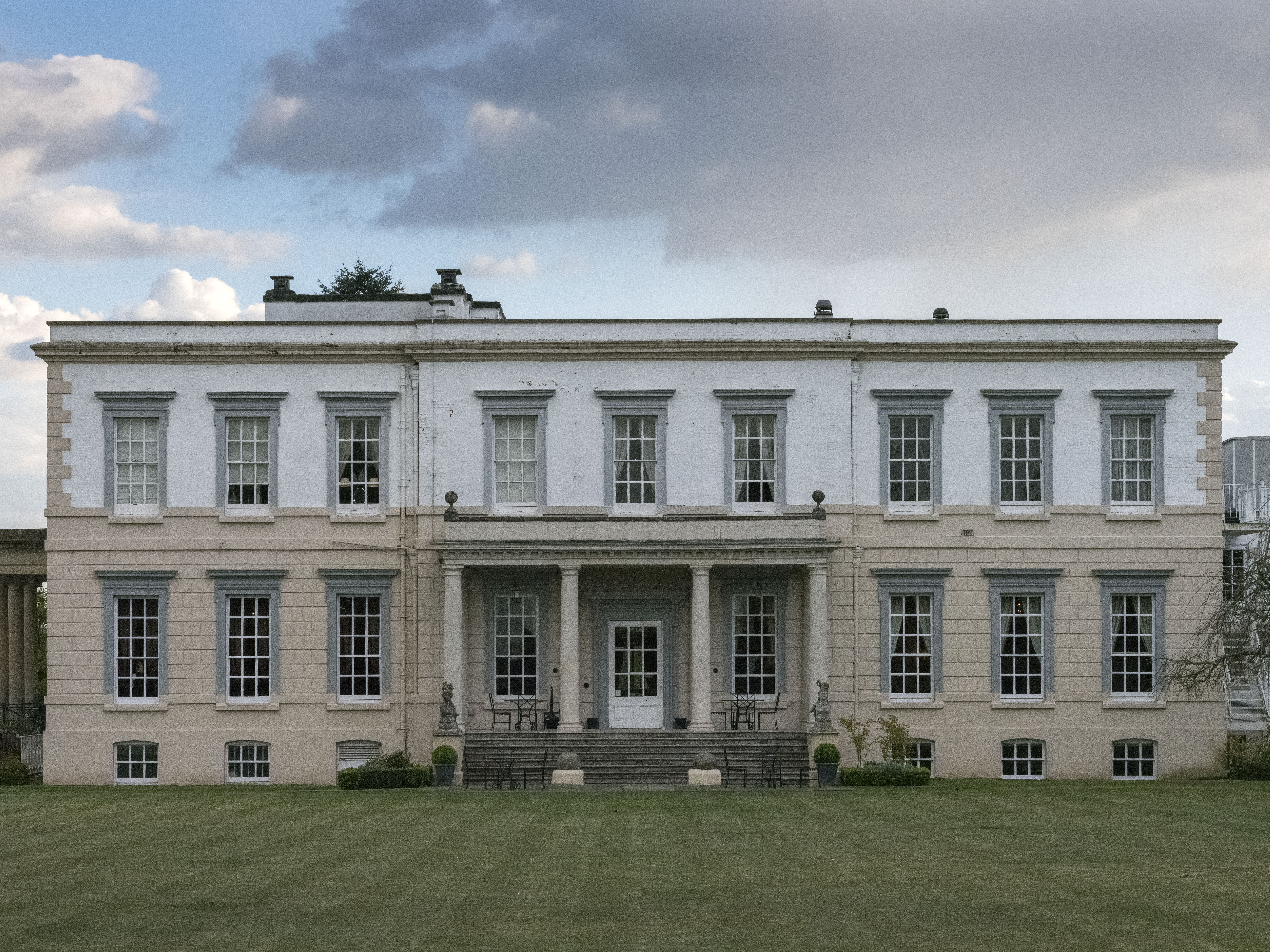Why you can trust TechRadar
Performance
- 3fps burst shooting
- Touchscreen integration works well
- 400-shot battery life
With the power switch located round the shutter release, a flick to the 'on' position sees the camera ready to shoot in about a second.
As we’ve mentioned, the GFX 50S isn’t a camera designed for those looking for out-and-out speed, so the tentative 3fps burst shooting speed is hardly a surprise – it's perhaps fast enough to capture a subtle change of expression in a portrait if you hold the shutter down, but not to rattle off a burst of frames to capture anything more dynamic.
While not fast, the GFX 50S handles its large 117MB files with ease, happily writing files to the card without any slow-down in performance.
Lift the camera up to your eye and the large and bright viewfinder is a joy; the clarity and color rendition are impressive, while the magnification allows you to immerse yourself in the scene. The quality rear tilt-angle touchscreen lets you really appreciate the detail delivered by the GFX 50S’s sensor when you double tap the screen to zoom to 100%, while the ability to not only angle the display out and downwards when shooting in landscape orientation, but to also do the same when it's turned 90-degrees is a welcome bonus.

The TTL 256-zone metering system has been seen in numerous Fujifilm mirrorless cameras in the past, and it performs very well here, especially when challenged by high-contrast scenes, where if anything it tended to underexpose slightly. The chunky battery that slots into the side of the GFX 50S has a solid (for a mirrorless camera at least) 400-shot battery life, although pros working with the camera day-in, day-out will want to invest in a couple of spares.
Image quality
- ISO100-12,800, expandable to 50-102,400
- Number of recorded pixels: 8256 x 6192
- 15 film simulation modes
This is where the GFX 50S really shines. The level of detail on offer from the 51MP sensor is simply breathtaking, with the large, densely populated sensor working in harmony with the razor-sharp Fujinon lenses.
That level of detail would be impressive in itself, but it's when you factor in the breadth of the camera’s dynamic range that you can appreciate just how good the sensor is.
Sign up for breaking news, reviews, opinion, top tech deals, and more.
Bring an underexposed raw file into Lightroom, and the latitude you have to play with is mind-blowing. It’s easily possible to recover good chunks of shadow detail, and, where necessary, highlight detail, without the image being compromised.
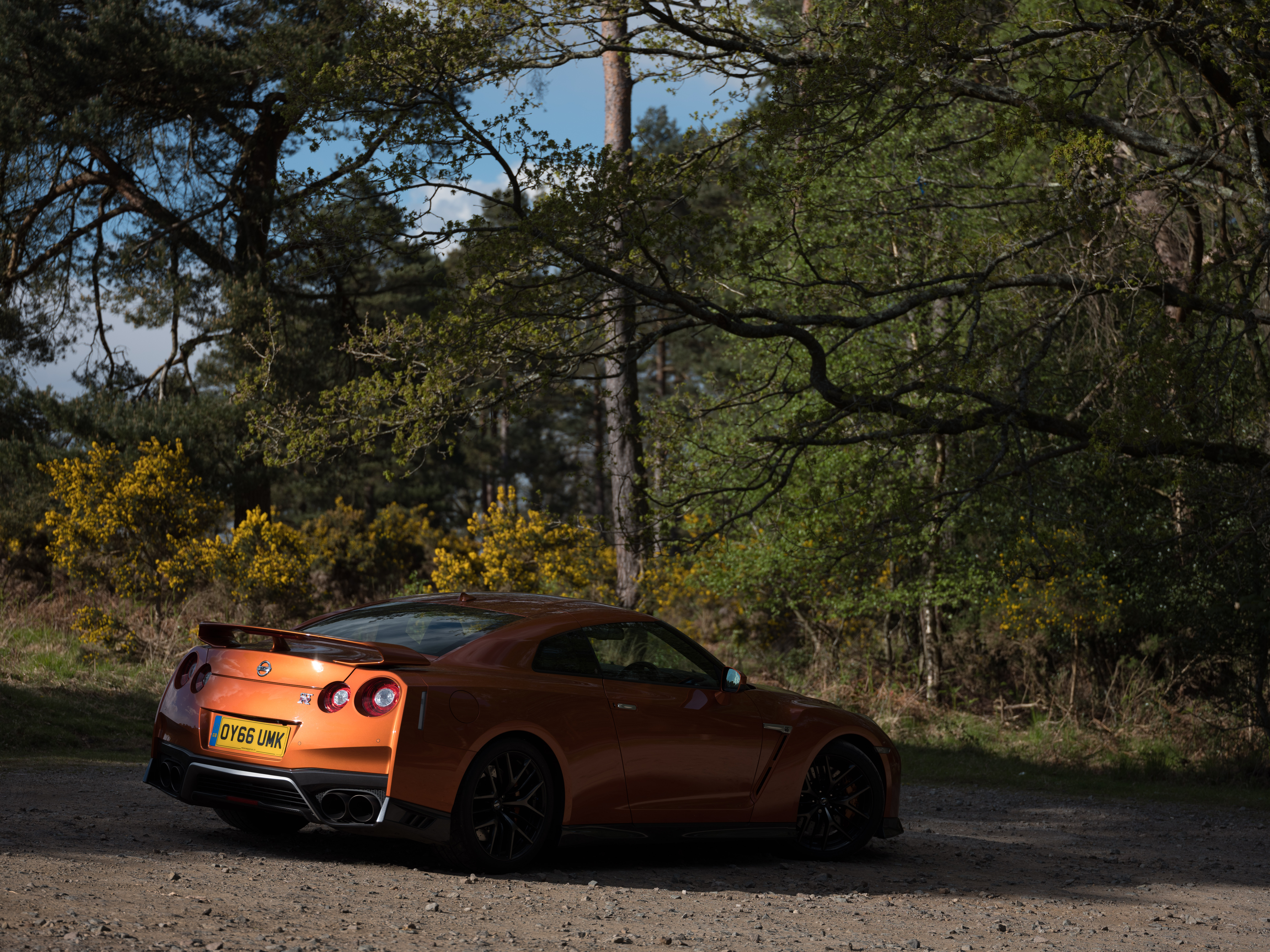
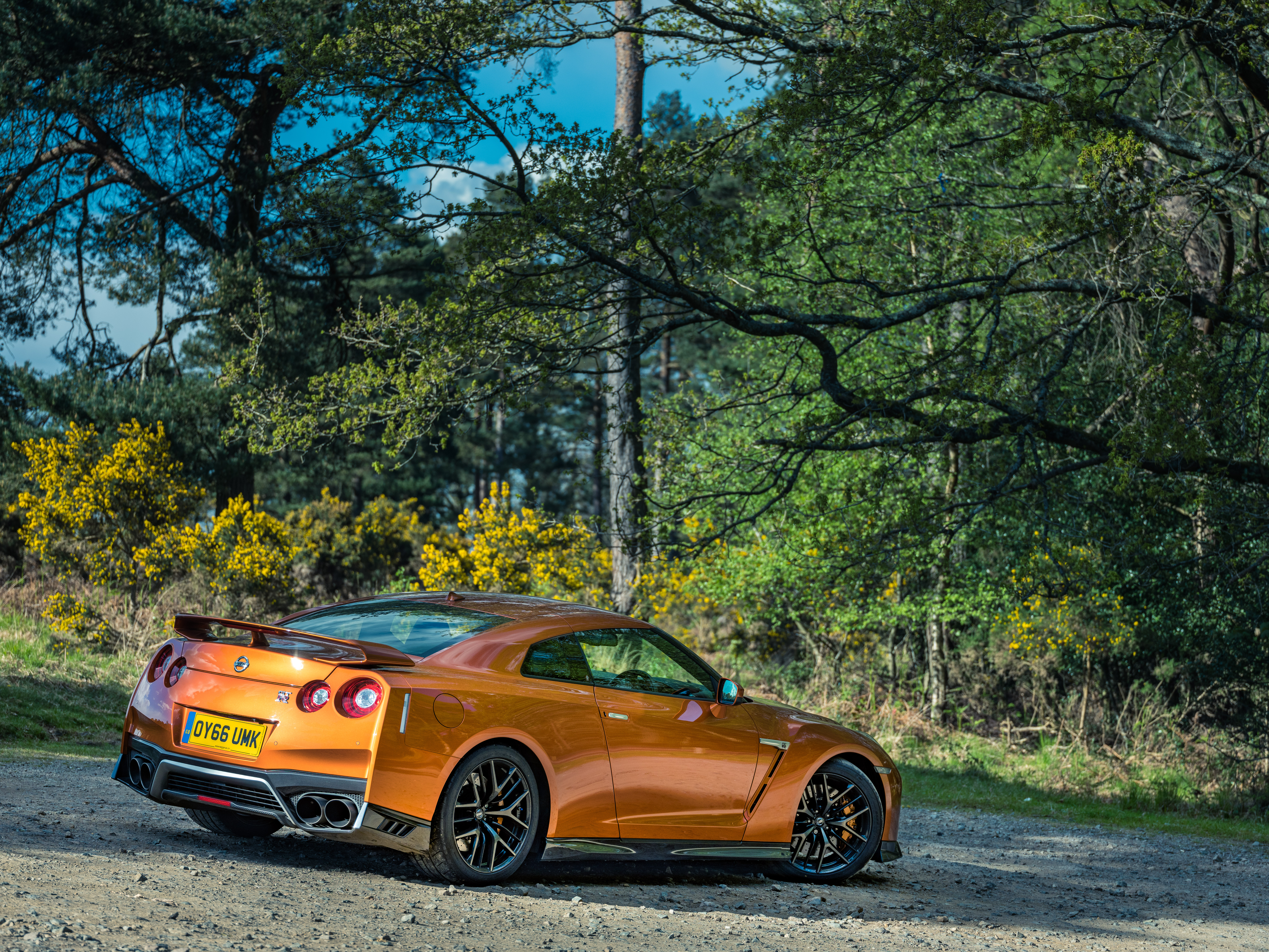
The GFX 50S's ISO performance is really strong as well, with images at the base ISOs looking incredibly clean.
At ISO1600 there's a hint of luminance (grain-like) noise starting to appear, but you'll have to be looking at images very closely to notice it. Even results at ISO6400 stand up very well – there's slightly more pronounced luminance noise, but it's still very well controlled and looks very organic. Saturation does suffer a touch, but there's not much sign of chroma (color) noise, and we'd quite happily shoot at this sensitivity if it was necessary.
Current page: Performance and image quality
Prev Page Build, handling and AF Next Page Verdict and competition
Phil Hall is an experienced writer and editor having worked on some of the largest photography magazines in the UK, and now edit the photography channel of TechRadar, the UK's biggest tech website and one of the largest in the world. He has also worked on numerous commercial projects, including working with manufacturers like Nikon and Fujifilm on bespoke printed and online camera guides, as well as writing technique blogs and copy for the John Lewis Technology guide.
